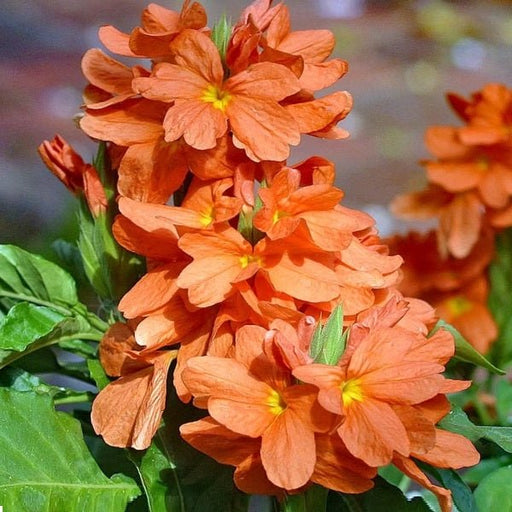History:
The Insulin Plant, or Costus igneus, is indigenous to Southeast Asia and has been used for centuries in traditional medicine. Its name "Insulin Plant" is derived from its purported ability to help regulate blood sugar levels, making it a valuable plant with both ornamental and potential medicinal properties.
Grow Instructions:
Plant your Insulin Plant in a well-draining, slightly acidic soil mix within the provided grow bag. Place it in a location with indirect sunlight or partial shade. Water it regularly, keeping the soil consistently moist but not waterlogged. Regular pruning will help maintain its attractive appearance.
Care Instructions:
Caring for the Insulin Plant is straightforward. Fertilize it occasionally with a balanced, water-soluble fertilizer to support its growth. Protect it from extreme temperature fluctuations and harsh sunlight. This adaptable plant can be grown both indoors and outdoors with ease.
Uses:
Medicinal: The Insulin Plant is traditionally believed to have properties that may help regulate blood sugar levels. However, it is essential to consult a healthcare professional before using it for medicinal purposes.
Culinary: While not a culinary staple, the Insulin Plant's leaves are sometimes used in traditional dishes and teas in certain regions.
Ornamental: With its striking spiral-shaped leaves, the Insulin Plant is a unique and visually appealing addition to your garden, balcony, or indoor space. It's sure to draw admiration from visitors.












